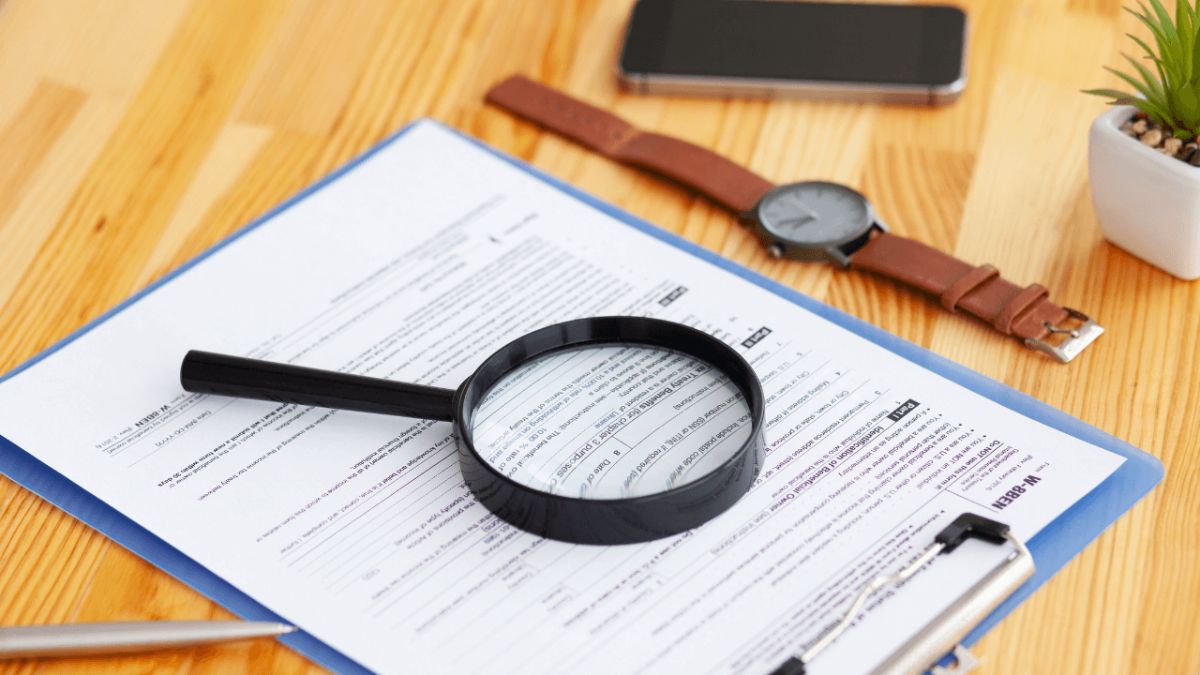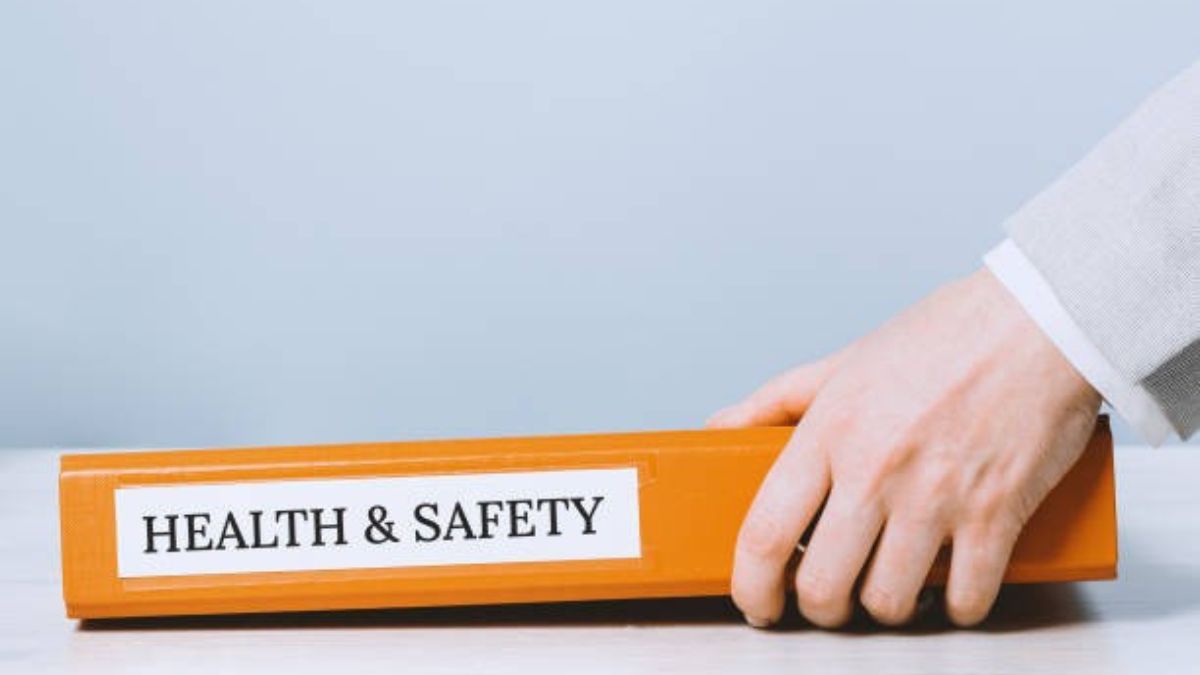Health and safety might sound like a term reserved for workplaces or industrial sectors, but it plays a vital role in every aspect of our daily lives. From the way we prepare our meals to how we travel or create safe environments for loved ones, adopting a health and safety mindset is key to improving quality of life.
This blog will explore practical ways to integrate health and safety measures into our everyday routines. You’ll gain actionable tips to create safer spaces for yourself and those around you, boosting well-being and peace of mind.
The Importance of Health and Safety in Everyday Life
Health and safety often take a backseat until something goes wrong. A spilled drink might cause a nasty fall, or neglecting a seatbelt could lead to severe injuries during an accident. These scenarios highlight how small oversights can lead to big consequences. That’s why making health and safety a constant priority is not just advisable—it’s essential.
Beyond physical protection, following health and safety practices reduces stress, promotes mental well-being, and fosters a sense of responsibility for those around us. Whether you’re a professional balancing meeting or a parent managing a household, health and safety considerations have a tangible impact on life’s smooth functioning.
Benefits of a Proactive Approach to Health and Safety:
- Reduces risks of accidents and injuries
- Promotes physical and mental well-being
- Improves productivity by fostering peace of mind
- Enhances the longevity of tools, equipment, and living spaces
By implementing simple but effective health and safety practices, you can create a better, safer lifestyle.
5 Essential Health and Safety Practices
Here are five foundational health and safety practices you can incorporate into your day-to-day routine:
1. Keep Your Home Safe
Your home is your sanctuary and making it a safe environment benefits everyone living there. Some key steps include:
- Install Smoke Detectors: Ensure smoke alarms are placed strategically throughout the house and tested monthly.
- Prevent Falls: Use non-slip mats in bathrooms and kitchen areas. Secure loose rugs or cables that could trip someone up.
- Childproofing: If you have children, install safety locks on cabinets containing cleaning supplies or sharp objects. Cover electrical outlets.
A safe home not only prevents injuries but also leaves everyone feeling more secure and relaxed.
2. Practice Road Safety
Whether you’re driving, cycling, or walking, road safety saves lives. According to the National Highway Traffic Safety Administration (NHTSA), seat belts saved over 15,000 lives in the United States in 2017 alone.
Road safety habits to adopt:
- Always wear a seatbelt while driving or riding.
- Stick to speed limits and obey traffic rules, regardless of convenience.
- Ensure children are securely strapped into age-appropriate car seats.
- Avoid distractions like texting or eating while driving.
Being mindful on the road not only protects you but also reduces risks for others.
3. Adopt Safe Practices in the Kitchen
The kitchen can be a breeding ground for accidents if not managed safely. Simple measures can drastically reduce risks:
- Always keep sharp objects like knives in secured drawers or knife blocks.
- Cook Safely: Avoid wearing loose clothing that could catch fire near stoves. Turn pot handles toward the center of the stove to prevent accidental spills.
- Store Food Properly: Refrigerate perishables immediately and adhere to expiration dates. Proper food safety reduces the risk of foodborne illnesses.
Turn your kitchen into a safe haven where great meals come with no hazards attached.
4. Prioritize Workplace Safety
Workplace injuries cost employers billions annually. By creating a positive safety culture in work settings, employees and employers alike reap long-term benefits:
- Ergonomic Workspaces: Ensure your desk chair and monitor are positioned correctly to avoid back or neck strain.
- Take regular breaks to stretch and move around to reduce fatigue.
- Report Hazards: Alert your workplace to any equipment malfunctions or unsafe conditions immediately.
A commitment to safety in the workplace boosts productivity and minimizes downtime caused by injuries.
5. Maintain Your Physical and Mental Health
Personal well-being is an often-overlooked aspect of health and safety. Neglecting it can weaken your defenses against both physical illnesses and mental fatigue:
- Stick to regular health checkups to catch potential problems before they worsen.
- Prioritize mental health by practicing mindfulness or seeking therapy if necessary.
- Exercise Regularly: Physical activity improves both strength and mental clarity.
The healthier you feel physically and mentally, the more prepared you are for life’s challenges.
Safety for All Ages and Stages
Health and safety measures look different depending on one’s stage in life. Here are some considerations for different groups:
Children
Ensure supervision during playtime, teach them the importance of wearing helmets while riding bikes or scooters, and educate them about staying safe around strangers.
Adults
Balancing work and family often mean putting oneself last. Make it a priority to stay informed about health risks and invest in practices like time management and proper workplace ergonomics to reduce stress.
Elderly
For seniors, reducing fall hazards like loose rugs and ensuring accessibility (like grab bars in bathrooms) is essential. Encourage regular physical activity to maintain balance and strength.
Building a Sense of Community Around Safety
Health and safety are not responsibilities you shoulder alone. Encourage family, friends, and colleagues to make safety a shared goal. Set an example by following practices and sharing tips, and you’ll inspire those around you to prioritize their well-being as well.
Consider organizing community initiatives such as:
- Neighborhood building fire drills.
- Health fairs offering free safety resources or checkups.
- Online forums to crowdsource and discuss health and safety tips.
The more safety-conscious your community becomes, the more everyone benefits.
Take One Small Step Toward Safer Living
Adopting a health and safety mindset doesn’t have to be complicated. Start by making one change today, whether it’s checking the batteries in your smoke detector or wearing proper shoes while out on a jog. These small proactive measures create a ripple effect, improving not just your life but also the lives of those around you.
Remember, safety isn’t just about following rules—it’s about creating an environment where you can thrive. Commit to fostering a world where health and safety are at the forefront and watch how it impacts your overall quality of life.
FAQs
Q: Why is it important to regularly check smoke detector batteries?
A: Regularly checking smoke detector batteries ensures they function properly, providing an early warning in case of a fire. This small step can save lives and prevent significant property damage.
Q: What are some simple measures to improve daily safety?
A: Simple measures include wearing proper footwear when jogging, keeping emergency contact numbers accessible, staying hydrated, and being mindful of your surroundings during activities.
Q: How can I create a safer environment at home?
A: Start by decluttering spaces to reduce tripping hazards, installing safety equipment like handrails or smoke detectors, and ensuring all electrical appliances are in good working condition.
Q: How does focusing on health and safety improve overall quality of life?
A: Prioritizing health and safety reduce risks, enhances physical and mental well-being, and allows you and your loved ones to thrive in a secure and supportive environment.











